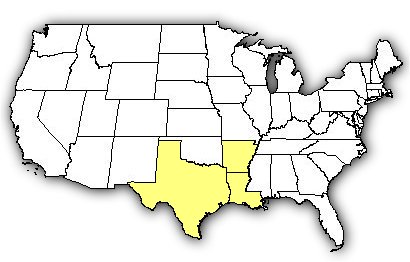Micrurus Tener
Introduction
The Micrurus Tener is a venomous species of snake. It is commonly known as the Texas Coral Snake. They are found in the Southern US and Northern Mexico. The Texas Coral Snake is one of the deadliest snakes. They are distinct and recognizable with their red, black, and yellow bands. The follow the rule of "red and yellow, deadly fellow. Red and black, friendly Jack". This means that since the red and yellow bands are touching one another, it can be recognized as venomous. They can grow up to 40 cm in length but most are around 25 cm.
Behavior and Diet
The Texas Coral snake is relatively shy compared to to other snakes. They are nocturnal (meaning they come out at night). They usually hide out in piles of leaves, underneath logs, and in underground burrows. So even though you might not know it, there could be on the these Texas Coral Snakes near your feet. These snakes primarily eat other smaller snakes and small animals that live underground. They differ from other snakes as they rarely eat rodents.
Venom
The Texas Coral Snake is most famous for its venom. The venom is a very powerful neurotoxin and it causes neuromuscular disorders. This venom can cause death through respiratory or cardiovascular failure. The snakes has two hollow fangs through which they inject the poison by biting their victim. So the snake has to bite and hold on for a couple seconds before the venom is injected. Bites from these snakes should be considered dangerous and medical attention should be found.
A note of my own:
The Texas Coral Snake was my first snake that I provided information on. My next post will have another venomous snake and information about it will be provided.


It's nice to learn about a local snake that has a real possibility of influencing our lives. I've heard of the "red on yellow" rule-of-thumb before, but now I understand how useful it is.
ReplyDeleteAlso, since the snake is "relatively shy", does it mean that it only bites humans when provoked?